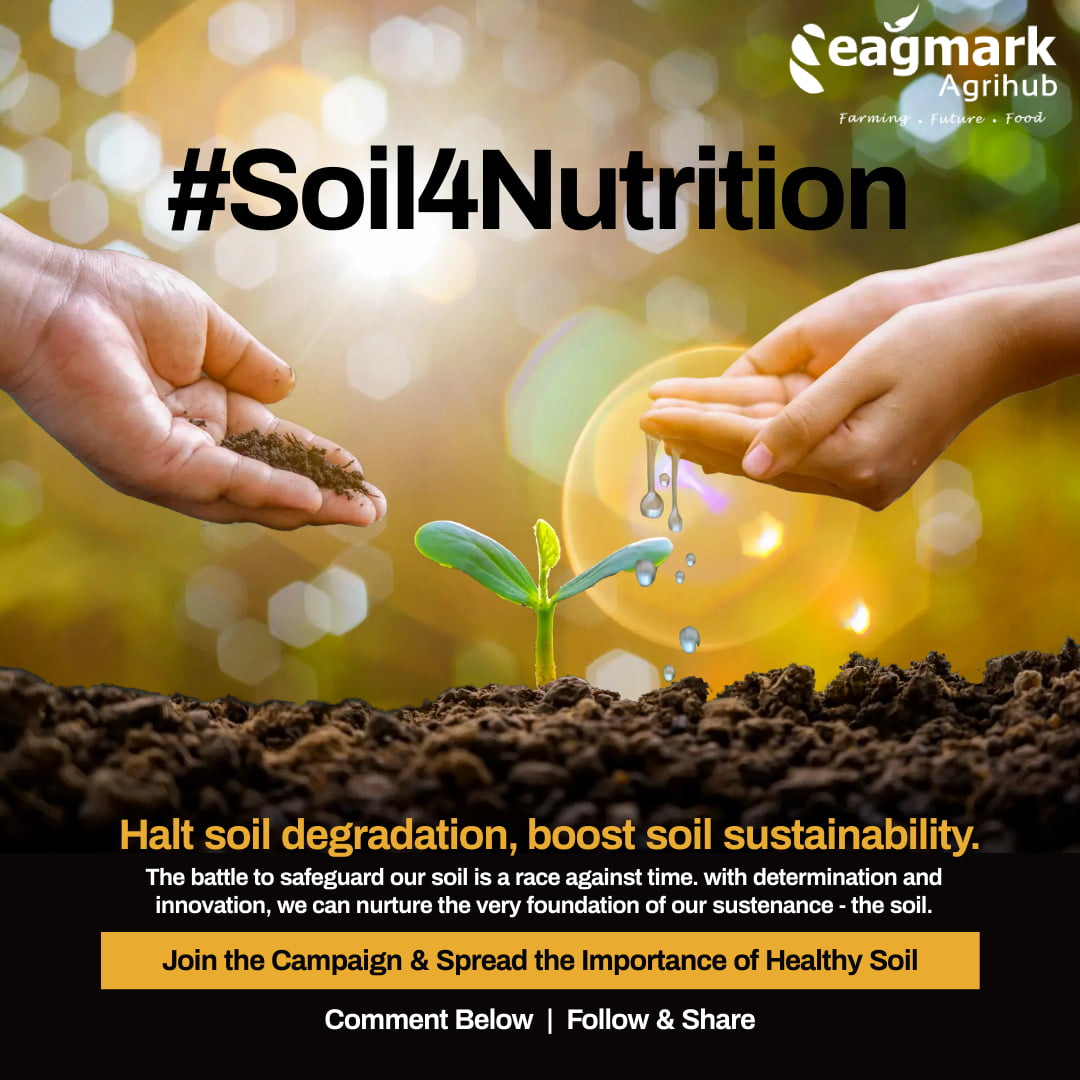The Silent Crisis: Soil Degradation Threatens Africa’s Agricultural Future

The pressing issue of soil degradation is reverberating across the globe, casting a shadow on the future of agriculture. Recent assessments by international bodies, including the European Commission Joint Research Centre – European Soil Data Centre, have sounded alarm bells. The consensus is clear: our soils, especially those dedicated to agriculture, are facing unprecedented stress. The situation is compounded by urbanization, infrastructure development, erosion, pollution, poor nutrient management, and the loss of organic matter. In Africa, where agriculture is the backbone of many economies, this crisis poses a dire threat. To understand the gravity of this challenge, we must draw upon past experiences in the African agriculture industry.
Past Stories from Kenya and Africa
In Kenya and throughout Africa, the story of soil degradation has been unfolding for years. Rapid urbanization, driven by population growth and the demand for infrastructure, has led to the conversion of valuable agricultural land into concrete jungles. This trend mirrors the global phenomenon mentioned in the European Commission’s assessment.
Erosion and organic matter loss have plagued African soils, impacting crop yields and farmer livelihoods. Kenya, for instance, has faced severe challenges with soil erosion, particularly in its hilly terrains. The implications for food security are evident, as erosion leaves behind infertile, rocky landscapes where productive agriculture once thrived.
Moreover, climate change exacerbates these woes. Rising temperatures lead to higher mineralization rates, accelerating the breakdown of soil organic matter. The result is less resilient and infertile soil, making crops more susceptible to drought—a phenomenon affecting many African regions.
The Road to Redemption
The Food and Agriculture Organization (FAO) of the United Nations warning that the world’s topsoil could vanish within 60 years is a chilling reminder of the urgency we face. The African agriculture industry, along with regulatory bodies, non-governmental organizations, and growers, must unite to tackle these challenges.
Technology emerges as a key ally in this battle. The journey to soil health involves sustainable land management, technical innovations, and heightened awareness. Drawing from previous success stories and lessons, the African agriculture sector must leverage technology to avert disaster.
Defining Soil Health – Before delving into technology’s role, let’s define “soil health.” It is the soil’s capacity to sustain a thriving ecosystem that supports plants, animals, and people. This concept goes beyond traditional approaches and delves into the intricate world of soil microbiomes.
The Four Pillars of Soil Health are:
- Vegetative Cover: Keeping the soil covered with vegetation.
- Plant Biodiversity: Encouraging a variety of plant species.
- Living Root Systems: Ensuring a live root system throughout the season.
- Minimizing Soil Disturbance: Reducing human-induced soil disruption.
These pillars lay the foundation for soil health and play a pivotal role in fostering agricultural sustainability.
Technology’s Role in Soil Health
Technology serves as a bridge to improving soil health on a larger scale. Making soil data accessible and understandable is vital for prompt action. Currently, there are innovations for agro testing that are being developed to help farmers measure, manage, and improve soil health efficiently. Crop input manufacturers are also stepping up, introducing products that optimize food production while enhancing soil health.
Changing Attitudes and Mindsets
The first step toward preserving soil health is acknowledging the issue. The widespread recognition of soil degradation’s severity in the last decade has driven action across the industry. Crop input providers are developing solutions that are kinder to soils, aligning with the UN’s Sustainable Development Goals.
In this battle, technology plays a significant role. Companies like Biome Makers are pioneering tools to revolutionize how farmers interact with soil. By processing vast data inputs and employing genomics and artificial intelligence, they identify microbial biomarkers, offering insights into soil function.
We must keep in mind that soil is a living ecosystem, and its health is paramount to food security and environmental sustainability. While challenges persist, the African agriculture industry must remain resilient and resourceful.
Soil By the Numbers
- A tablespoon of soil teems with more organisms than there are people on Earth.
- It takes a minimum of 500 years to form one inch of topsoil.
- One gram of soil hosts 5,000 different types of bacteria.
- Only 0.01% of the Earth’s water is held in soil.
The battle to safeguard our soil is a race against time. Failure to act now will have far-reaching consequences, but with determination and innovation, we can nurture the very foundation of our sustenance – the soil.



